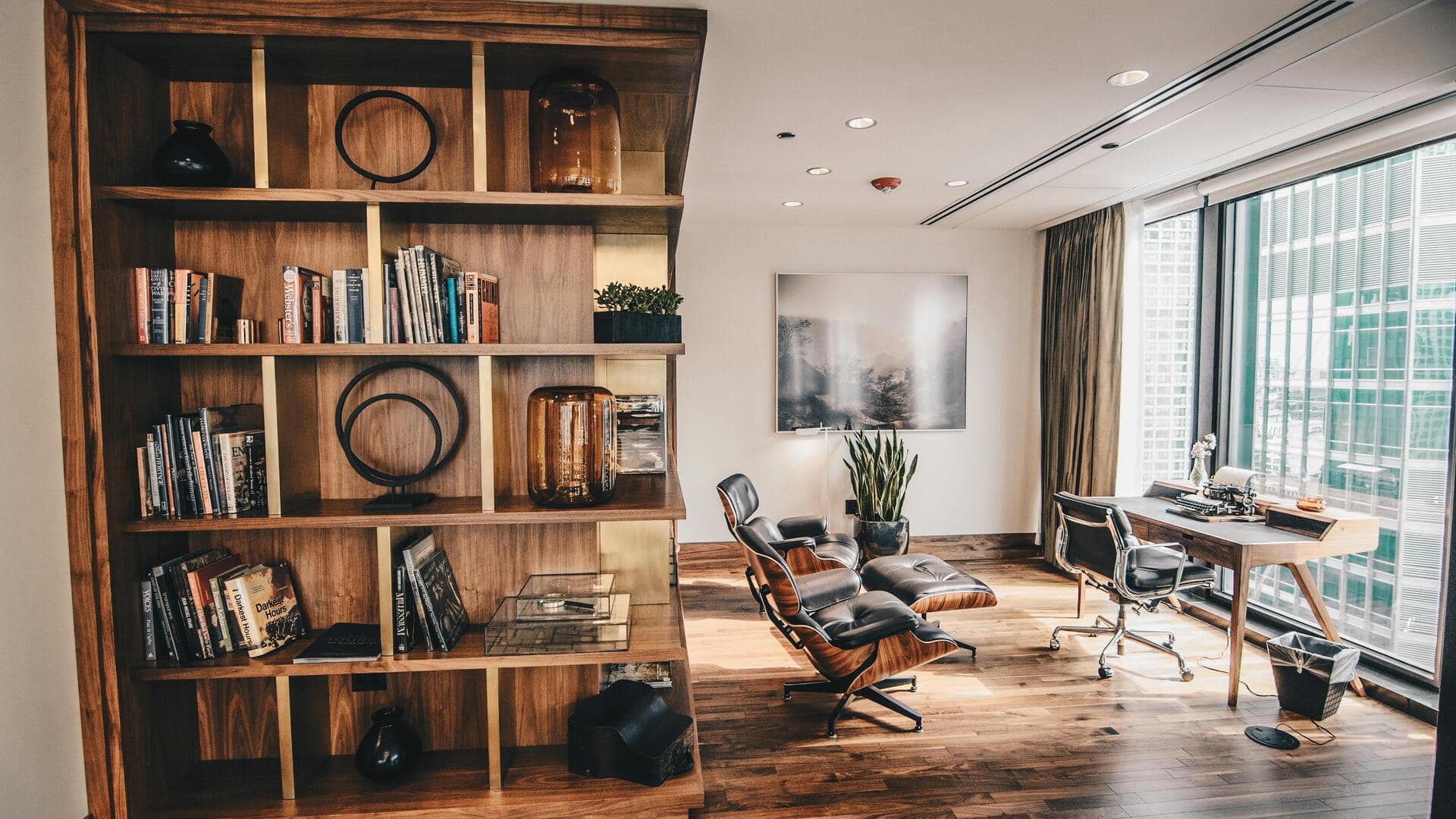
How to keep African wood furniture looking brand new
What's the story
African wood furniture is known for its durability and beauty, but it also requires proper care to maintain its appearance. These pieces often come from sustainably sourced trees, making them both an eco-friendly choice and a long-term investment. By following some simple maintenance tips, you can keep your African wood furniture looking as good as new. Here are some practical ways to preserve the natural beauty and longevity of your furniture.
Tip 1
Regular dusting and cleaning
Regular dusting is essential to keep your African wood furniture clean. Use a soft cloth or microfiber duster to remove dust particles without scratching the surface. For deeper cleaning, use a damp cloth with a mild soap solution. Avoid harsh chemicals that can strip away natural oils from the wood. Make sure to dry the surface thoroughly after cleaning to prevent water damage.
Tip 2
Applying natural oils
Applying natural oils like olive or coconut oil can help nourish and protect African wood furniture. These oils penetrate the wood grain, enhancing its luster and preventing it from drying out or cracking over time. Apply a small amount of oil on a soft cloth and rub it evenly over the surface in circular motions. Wipe off any excess with a clean cloth.
Tip 3
Avoid direct sunlight exposure
Direct sunlight exposure can cause fading and warping in African wood furniture over time. To avoid this, keep your pieces away from direct sunlight by placing them in shaded areas or using curtains or blinds when necessary. If moving isn't an option, consider using UV-protective window films or coverings to minimize sun damage.
Tip 4
Use coasters and placemats
To protect African wood furniture from water rings or heat damage, always use coasters under drinks and placemats under hot dishes or cookware items. This small precautionary measure goes a long way in keeping surfaces intact by preventing direct contact with moisture or high temperatures that could otherwise cause long-term damage.